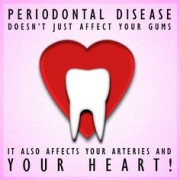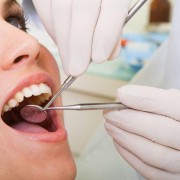What is pulp therapy?

In order to save the tooth, the pulp (the living tissue inside the tooth), nerves, bacteria, and any decay are removed and the resulting space is filled with special, medicated, dental materials, which restore the tooth to its full function.
Having pulp therapy done on a tooth is the treatment of choice to save a tooth that otherwise would die and have to be removed. Many patients believe that removing a tooth that has problems is the solution, but what is not realized is that extracting (pulling) a tooth may ultimately be more costly and cause significant problems with space maintenance for permanent teeth.
Pulp treatment is highly successful and usually lasts the lifetime of the baby tooth, although on occasion, a tooth will have to be extracted due to new or recurrent infections.
Signs and symptoms for possible pulp therapy:
Inflamed or injured pulp is exceptionally painful. Even if the source of the pain isn’t visible, it will quickly become obvious that the child needs to see the pediatric dentist.
Here are some of the other signs to look for:
-
Sensitivity to hot and cold.
-
Severe toothache pain.
-
Sometimes no symptoms are present.
-
Swelling and/or tenderness.
Reasons for pulp therapy:
-
Decay has reached the tooth pulp (the living tissue inside the tooth).
-
Infection or abscess have developed inside the tooth or at the root tip.
-
Injury or trauma to the tooth.
When should a child undergo pulp therapy?
Every situation is unique. The pediatric dentist assesses the age of the child, the positioning of the tooth, and the general health of the child before making a recommendation to extract the tooth or to save it via pulp therapy.
Some of the undesirable consequences of prematurely extracted/missing teeth are listed below:
-
Arch length may shorten.
-
In the case of primary tooth loss, permanent teeth may lack sufficient space to emerge.
-
Opposing teeth may grow in a protruding or undesirable way.
-
Premolars may become painfully impacted.
-
Remaining teeth may “move” to fill the gap.
-
The tongue may posture abnormally.
What does pulp therapy involve?
A pulpotomy or pulpectomy procedure requires one or more appointments and can be performed by a dentist or endodontist (a root canal specialist).
While the tooth is numb, a rubber dam (a sheet of rubber) will be placed around the tooth to keep it dry and free of saliva. An access opening is made on top of the tooth and a series of root canal files are placed into the opening, one at a time, removing the pulp, nerve tissue, and bacteria for a pulpectomy or just the pulp tissue from the crown (the part of the tooth visible when looking in the mirror) region for a pulpotomy. Tooth decay will also be removed with special dental instruments.
Once the tooth is thoroughly cleaned and medicated, the best way to restore or “fix” the missing tooth structure and provide the best seal from bacteria is to place a stainless steel crown. This will protect the tooth and prevent it from breaking, and will restore it to its full function.
After treatment, your tooth may still be sensitive, but this will subside as the inflammation diminishes and the tooth has healed.
You will be given care instructions after each appointment. Good oral hygiene practices and regular dental visits will aid in the life of your child’s pulp treatment.
If you live in or around Lafayette, Louisiana and you suspect your child is in need of pulp therapy, contact Dr. Chauvin’s office to schedule an appointment for a consultation today.






